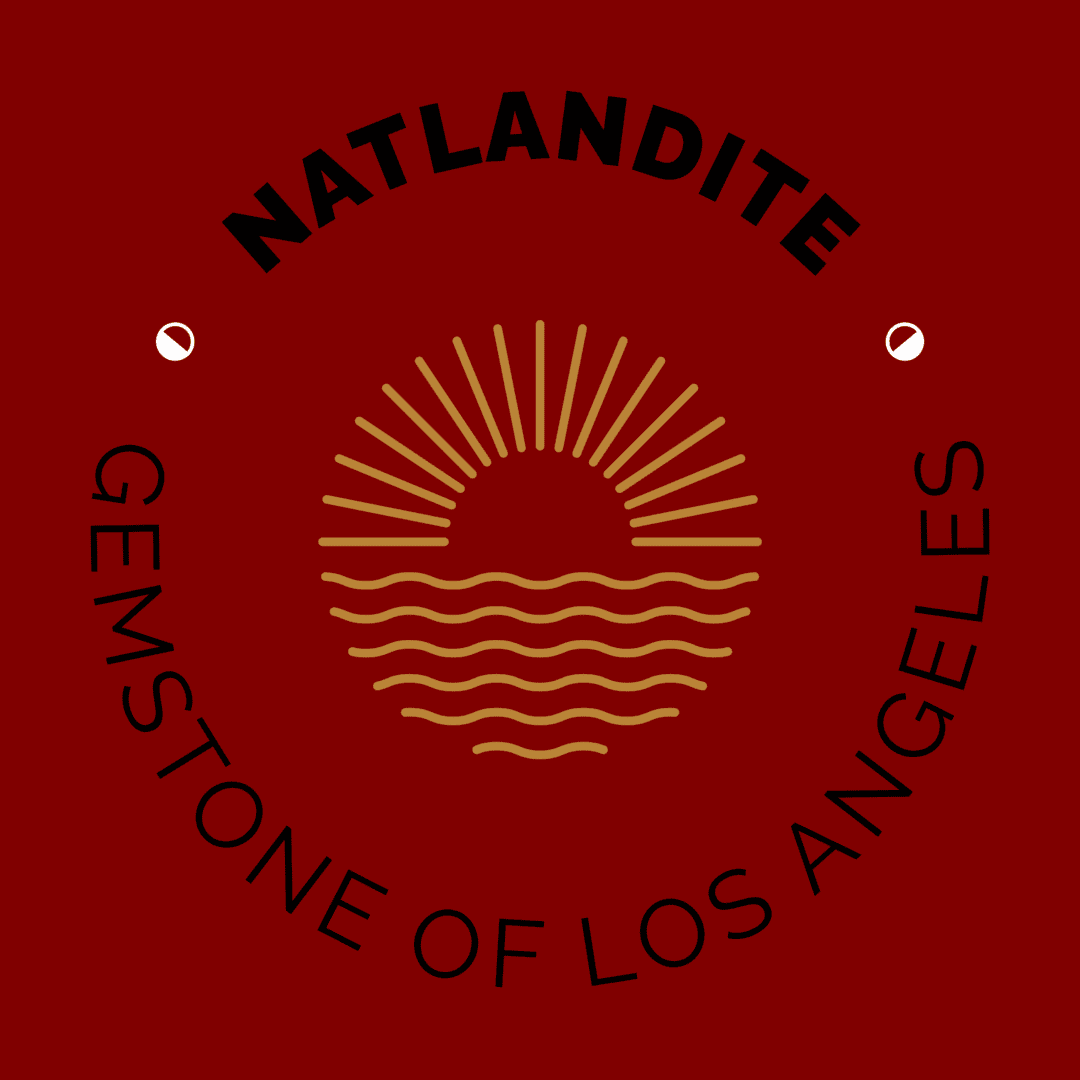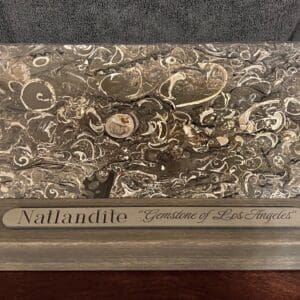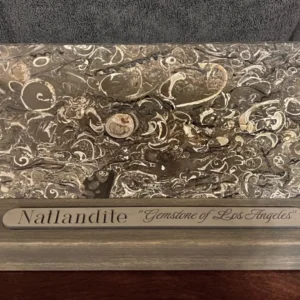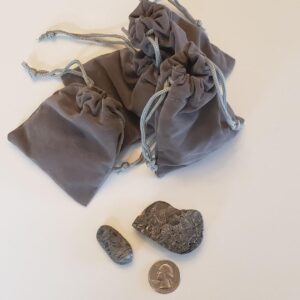MEMORIAL TO MANLEY L. NATLAND
Journal of Foraminiferal Research, v. 22, no. 1, p. 71-73, January 1992
KENNETH L. FINGER
Chevron Oil Field Research Company, P.O. Box 446, La Habra, CA 90633-0446
In a general sense, foraminiferal micropaleontology can be viewed as a triad of taxonomy, biostratigraphy, and pa- leoecology. The first two parts began centuries apart with Linnaeus and Cushman, respectively. On August 11, 1991, micropaleontology lost the pioneer of the last part, Dr. Manley L. Natland.
Manley Leonard Natland was born in Hawley, Minne- sota, on December 4, 1906. When he was nine months old, his family moved to southern California, where he stayed “practically a native” for 84 years. In 1926, while enrolled at Pomona College, Prof. A. O. Woodford encouraged Nat to become a micropaleontologist because of the growing need for these specialists in local oil companies. Upon grad- uation two years later, Nat joined Shell Oil Company and was asked to organize their new micropaleontology labora- tory in Long Beach. A few years and many regional fossil- iferous sections later, Nat decided to spend his leisure time resuming the research he began in college. In 1931-32, with a $300 grant from the National Research Council cov- ering the cost of a small dory, dredging equipment, and operating expenses for one year, he bottom-sampled 25 miles of the Catalina Channel from shore to 2965 feet water depth. In addition to refurbishing the boat and recycling old motorcycle parts into his motor and dredging reel, resource- ful Nat built a gear-driven bellows camera system to pho- tograph foraminifera. His study of the benthos revealed a bathymetric distribution of biofacies resembling the bio-
stratigraphic successions he observed in the regional Pliocene and Pleistocene. Nat’s usage of modern benthic foraminiferal distributions as a model for interpreting the fossil record was the first detailed application of foraminif- eral paleoecology. The results of this classic study consti- tuted his first publications. Soon thereafter, Nat participated in the Scripps cruise to the Gulf of California where he collected bottom samples for later documentation. Although Nat was recognized as a brilliant young scientist among his peers (e.g., Bill Barbat, Stan Beck, Cliff Church, Bob Crouch, Paul Goudkoff, Bill Holman, Robert Kleinpell, Boris Laiming, Ed Stinemeyer, and Stan Wissler), many considered his paleoecologic findings heresy. It was not until the late 1950s that his work began to receive the rec- ognition that would eventually establish Nat worldwide as an eminent foraminiferalogist. A regional center for re- search on benthic foraminiferal ecology and paleoecology evolved at the University of Southern California, where Nat’s findings profoundly influenced three generations of workers, including Orville Bandy, Bob Arnal, Jim Ingle, Johanna Resig, Bob Douglas, and Gregg Blake. Today, environmental analysis is common procedure in most mi- cropaleontologic laboratories, and exploration oil compa- nies continue to reap the benefits of integrating paleo- bathymetry with subsurface geologic mapping.
While with Shell, Nat studied thousands of well and out- crop samples from the Los Angeles and Ventura basins. He used his data on benthic foraminiferal ranges to construct a biostratigraphic framework for the Pliocene-Pleistocene of southern California which was released years later and adopted by most workers on the West Coast.
Nat left Shell in 1937 to head Richfield’s paleontology department. In addition to continuing micropaleontologic studies, he began making geologic investigations and found prospects. His prospecting continued in the role of District Geologist of the Southern Division in California from 1949-54, then Regional Geologist for the Rocky Mountain and Canadian Division from 1954-59, and led to the dis- covery of several hundred million barrels of oil and a large gas field. He also obtained patents on coring devices, in- cluding the Security Coring Bit. Amid all this, and under the supervision of Hans Thalmann at the University of Cal- ifornia, Los Angeles, in 1952 Nat successfully completed his Ph.D. dissertation based on the stage system that he developed at Shell in the 30s.
In 1955, Nat’s work on Canadian geology included re- covering oil from the Athabasca tar sands, for which he developed the idea of using underground nuclear explosions to enhance hydrocarbon production from the deeply buried sands. A proposal for testing this method received enthusi- astic approval by technical committees in Canada and the United States, but political considerations in 1960 indefi- nitely postponed the experiment. Nevertheless, Nat devel- oped a broad range of reactor and explosive nuclear appli- cations for oil production, pipelining, and refining. Seven of his 22 patent filings have been used.
In 1959, Nat was promoted to Manager of Production Research at Richfield. Typically, Nat sought out projects on diverse subjects, including economic minerals. He also re- sumed his research on sedimentary geology which he had intermittently pursued for 30 years, resulting in pioneering research on turbidity currents. Subsequently, he produced and distributed color movies of his flume experiments with turbidity currents and proposed a novel classification of water-lain clastic sediments. Innovative scientific experi- menting was part of Nat’s unique personality. Who else would have intentionally dumped a wheelbarrow of mud into their swimming pool in order to observe and film the resultant turbidity current? Not every adventure undertaken by Nat involved geology, however. In the early 1960s, Nat convinced friends and colleagues to join him in forming Palos Verdes Savings and Loan, which was bought out by another bank a few years later.
When personnel reductions were announced at Arco (for- merly Richfield), Nat realized that by volunteering for early retirement he could prevent the layoff of a younger col- league. He thereupon became an exploration research con- sultant for Union Oil in Brea, and remained in that position for a few years before “retiring” to his ocean-view home (built by his architect son Richard) in Laguna Beach. Nat could not sit still. During this time, he completed a long- term consulting project on developing a system of stages for the Magallanes Basin of Chile. He was also instrumental in winning a legal case for victims of the Portugese Bend landslide and remained active in regional societies. And another great story, which actually began many years ear- lier, began to unfold:
When the old Richfield Building in downtown Los An-geles was having its foundation tested in 1954 for an annex, one of the geologists recovered an anomalous chunk of molluscan mudstone and gave it to Nat, who turned it into a paperweight that perplexed him for years thereafter. After all, he had spent much of his career studying the Pliocene geology beneath downtown Los Angeles and had never en- countered anything like it. In 1970, when the Richfield building was demolished and the new Arco Plaza founda- tion was excavated, annuitant Nat received permission to inspect the geologic exposures. There before him and be- tween deep-water Pliocene mudstones was an extensive lens of the coquina-like rock. It was soon evident to Nat that this was part of a coastal shell bed which slid several miles downslope. Because this indurated fossilstone could not be used to build the new Artesia Freeway, as originally antic- ipated, Nat had no trouble convincing the construction com- pany to deliver the huge boulders to nearby land that he leased as their temporary depository. After producing a first set of beautiful table tops, much to the displeasure of local stone workers left with ruined blades, entrepreneurial Nat and engineering geologist son Jim (a.k.a. Natland and As- sociates) shipped 500 tons of the rock to a marble factory in Italy. There the fossilstone was transformed into gorgeous slabs for table tops and wall panels, and an array of beau- tifully crafted curios, such as bookends, pen stands, jew- elry, jewelry boxes, ashtrays, scallop-shaped bowls, and vases. Articles relating the saga were published in 1971 in the Los Angeles Times West magazine and the Los Angeles County Museum of Natural History’s Terra magazine. Ten years later, natlandite was proclaimed the official gem- stone(!) of the bicentennial City of Los Angeles. The most reknowned objets d’art resulting from this venture are spec- tacular French Provincial natlandite tables residing in the mayor’s office and the White House.
In 1971-72, “retired” Nat pursued another of his dreams. His experience convinced him that Santa Cruz Is- land (off southern California) had the right geology for oil. Always optimistic, Nat, his son Jim, and associates began drilling. Unfortunately, the dream turned into a nightmare when the first well came up dry. Having earned the possible distinction of being the only micropaleontologist ever to have his own exploration oil well was of little consolation. This was the only time Nat failed to reach his goal. It seems so unfair that soon thereafter his brilliance, innovativeness, and ambition began to fade as the result of Alzheimer’s disease.
Nat was a Registered Professional Engineer (California) and a Certified Professional Geologist (California), a fellow of the GSA and the AAAS, and a member of AAPG, SEPM, Sigma Xi, and the U.S. National Committee on Geology of the National Academy of Sciences. He had stints as Chairman of the Research Committee of SEPM, President of SEPM, and AAPG Distinguished Lecturer. Somehow this incredibly versatile and energetic man also managed to be a wonderful husband and father, lead a local chapter of the Boy Scouts of America, and serve his com- munity government for many years.
It is befitting that the Natland family chose to scatter Manley’s ashes over the Catalina Channel, where he first embraced the science he loved so dearly. He is survived by Dorothy, his wife of 58 years, and sons Jim, Martin, and Richard, four grandchildren, and two great grandchildren. Manley Natland’s love of people, science, and life was legendary. His legacy as a versatile earth scientist and a great man can never be forgotten, for within those of us following in his footsteps, Nat lives on.
PUBLICATIONS OF MANLEY L. NATLAND
NATLAND, M.L., 1933, Temperature and depth ranges of some Recent and fossil Foraminifera in the southern California region: Scripps Institu- tion of Oceanography, Bulletin, technical series, v. 3, no. 10, p. 225-230.
- 1938, New species of foraminifera from the West Coast of North America and from the later Tertiary of the Los Angeles Basin: Scripps Institution of Oceanography, Bulletin, technical series, v. 4, no. 5, p. 137-163.
- 1940, New genus of Foraminifera from the later Tertiary of Cal- ifornia: Journal of Paleontology, v. 14, no. 6, p. 568–571.
- 1941, Recent marine ecological investigations of paleontological significance at the Scripps Institution of Oceanography: National Re- search Council Division of Geology and Geography, Annual Report, App. 1-A, p. 35-42.
- 1950, 1940 E. W. Scripps Cruise to the Gulf of California, Part IV, Report on the Pleistocene and Pliocene Foraminifera: Geological Society of America, Memoir 43, p. 1–55.
- 1952, Pleistocene and Pliocene stratigraphy of southern Califor- nia: Unpublished Ph.D. dissertation, University of California, Los Angeles, 165 p.
- 1957, Paleoecology of West Coast Tertiary sediments, in Ladd, H. S. (ed.), Treatise on marine ecology and paleoecology, Vol. 2: Geological Society of America, Memoir 67, p. 543-572.
- 1963a, Project oilsand: Research Council of Alberta, Information Series 45, p. 143-155.
- 1963b, Paleoecology and turbidites (SEPM presidential address): Journal of Paleontology, v. 37, no. 4, p. 946–951.
- 1967, New classification of water-laid clastic sediments: Ameri- can Association of Petroleum Geologists, Bulletin, v. 53, no. 3, p. 476.
- 1974, The Portugese Bend landslide, in Miller, G. A., and Bielefeld, R. (eds.), Guidebook to selected features of Palos Verdes Peninsula and Long Beach, California: South Coast Geological Sur- vey, Irvine, California, p. 46-49.
- 1979, Cenozoic geology, stratigraphy and geotechnical problems of the Palos Verdes Peninsula, Los Angeles County, in Fife, D. L. (ed.), Geologic guide of San Onofre nuclear generating station and adjacent regions of southern California: Pacific Section, American Association of Petroleum Geologists, Guidebook, Field Trip B, p. B.1-B.6.
- and GONZALEZ, P. E., A system of stages for correlation of Magallanes Basin sediments: Empresa Nacional del Petróleo, San- tiago, Chile, p. 1-18.
- GONZALEZ, P. E., CANON, A., and ERNST, M., 1974, A system of stages for correlation of Magallanes Basin sediments: Geological Society of America, Memoir 139, 126 p.
- and KUENEN, P. H., 1951, Sedimentary history, Ventura Basin, California, and the action of turbidity currents: Society of Economic Paleontologists and Mineralogists, Special Publication no. 2, p. 76- 107.
- and ROTHWELL, W. T., 1954, Fossil foraminifera, Los Angeles and Ventura regions: California Division of Mines and Geology, Bul- letin, v. 170, p. 33-42.
Received 26 August 1991
Accepted 26 August 1991





